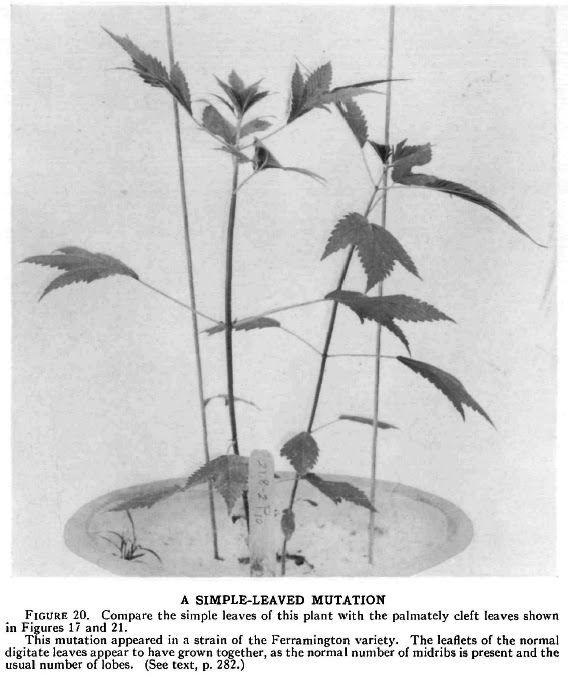Some Kalyseeds Strains Photos i found the stranger looking ones (but i tried to take fair shots of floweringphase, aswell as exclude the Albino ones, cause it frames the Look to much, but those were actually the strangest ones)
Impa Ruderalis:
View Image
Pintura Ruderalis:
View Image
View Image
Swag:
View Image
View Image
Acording to Se_dfi_nder those Strains all contain a certain Amount of Hops.
They are all ducksfoot hybrids.




